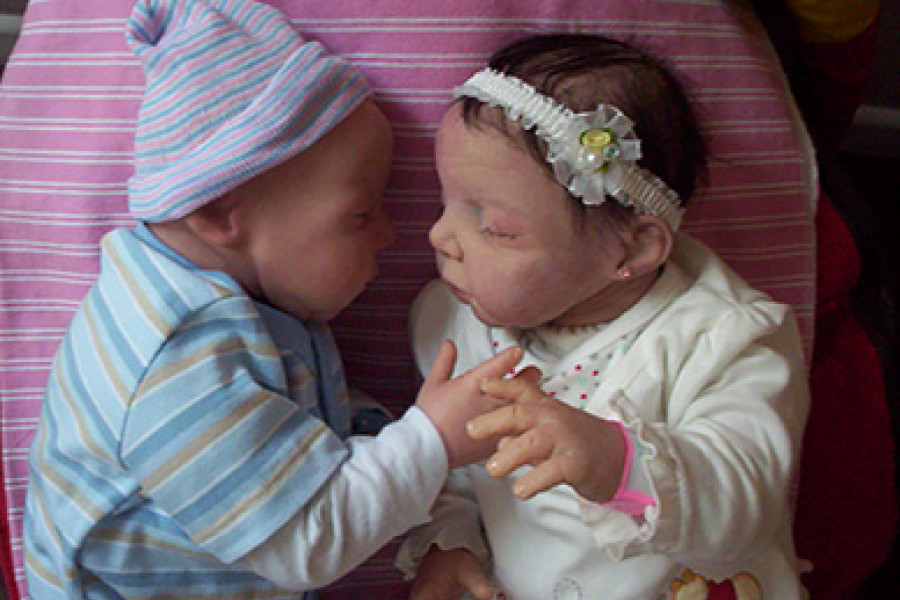Paula Núñez, a professor at the School of Obstetrics and Child Care of Universidad de Santiago has effectively contributed to midwifery students training: she learned to make vinyl-based reborn babies which are so real that it is difficult to distinguish them from real newborn babies and which help students to develop professional and soft skills.
Paula Núñez, professor at the School of Obstetrics and Child Care, has pioneered the “reborning” technique to make vinyl dolls with realistic features in our country. These dolls are used by the Faculty of Medical Sciences’ students to facilitate their practice and their approach to neonatology and pediatrics.“Having these baby simulators will allow our students to become more reliable and empathic professionals in the future,” she says. She thinks that the experience allows the students to approach the reality that they will face every day when delivering babies.“These dolls have all the features to resemble a real newborn baby: nerve endings, the color of veins, and even their weight is similar to the one of a baby, what makes the students to be as careful as if they were handling a real baby and develop more skills,” she explains.Students at the Obstetrics and Child Care program have benefited the most from these baby simulators; however, Núñez makes dolls for other institutions too.She has been making these reborn dolls for four years. She learned about the technique on the Internet, when almost nobody knew about it, but then someone who had learned it in Spain taught her how to make them.Núñez felt that learning the reborning method involved much more than only learning this German artcraft: she could create more real simulators that would be useful to train professionals whose work required getting familiar with babies and little children.Making simulators more humanTogether with a business partner, Núñez created the company Pequeñas Maravillas (Little Wonders), where they make customized dolls for different purposes. “People believe that dolls are only for girls, but they can also be used for academic purposes. For me, learning this technique gave me the possibility of making simulators more human and, at the same time, contributing to students training,” she says.In the future, Núñez intends to continue improving her technique to make these dolls. Now she is working to create with dolls with different conditions like cleft palate and other inherited disorders. “These simulators will allow our students to acquire specific skills to work with babies with congenital conditions and to get used to the specific care that they need,” she concludes.Translated by Marcela Contreras


